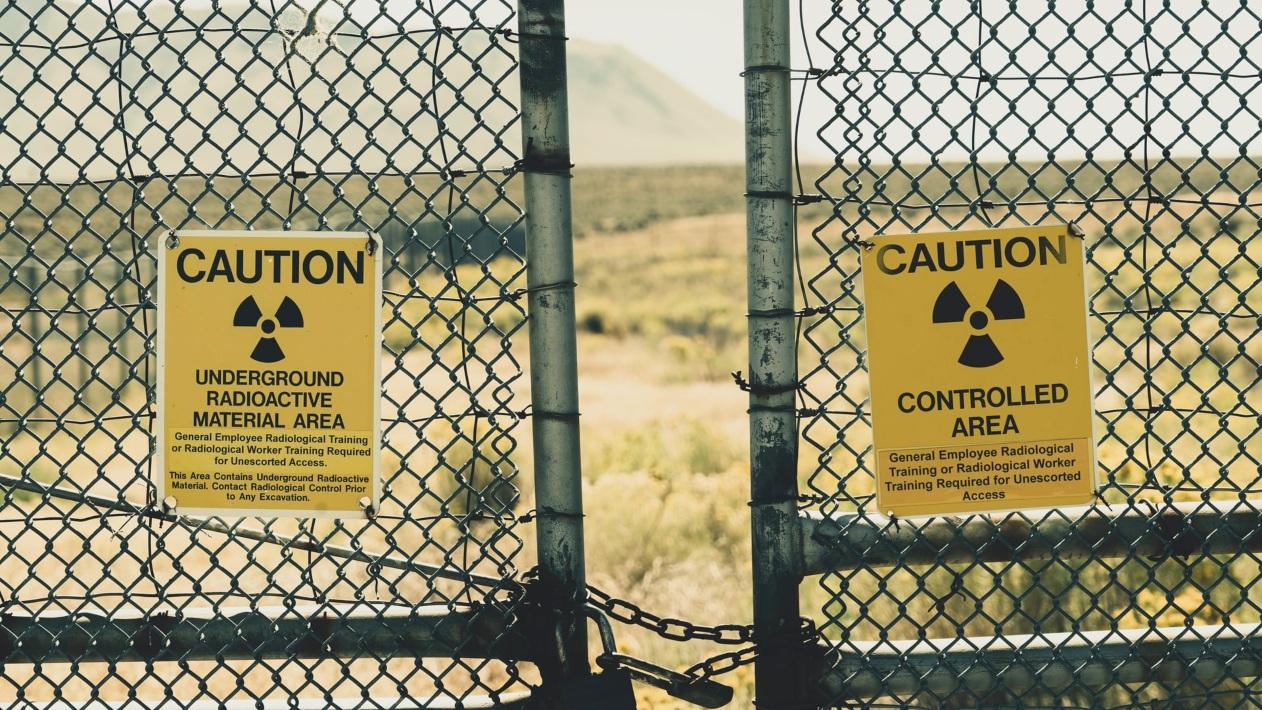LSE’s Chris Suckling reviews Sierra Leone: A Political History by David Harris which takes a fresh look at the evolution of the West African country’s state and society.
In Sierra Leone: A Political History, David Harris convincingly draws out the policy implications of continuity and change in state-society relations. In doing so the book presents a nuanced critique of current liberal reform and democratisation in “post-conflict” societies. This is an empirically rich text with thoughtful conceptual reflection, one which does well to situate its arguments in a broader comparative-historical context. It will provide an excellent introduction to new scholars of Sierra Leone and is sure to stimulate discussion among development practitioners.
Sierra Leone’s visceral civil war has spawned a vast literature of books and articles dealing with its causes and consequences, suggesting reform efforts that have “tested the analytical powers of generations of scholars to the full” (p. 165). This is perhaps not surprising given Sierra Leone has figured historically as a “guinea pig” for various ideas on how state and society should work. From British colonial civilising missions to humanitarian intervention inspired by Robin Cook’s ethical foreign policy, Sierra Leone has figured as the “experimental case” par excellence.
Despite this, by spooling back through the complex evolution of Sierra Leonean state and society since the late nineteenth century, Harris’s book remains unique. Most analysis locates Sierra Leone’s contemporary predicaments in Siaka Stevens’ state cronyism and/or illiberal chieftaincy. However the argumentation here is organised around the longue durée of continuity and change in state-society relations.
A good job is done to unpack the changing configuration of forces that foreshadowed Siaka Stevens’ one-party state and persistence of chieftaincy power. Harris emphasises the importance of the post-independence period, 1961-1968, where different political and social pressures began to crystallise under the gradualist-conservatism of Milton and Albert Margai. An era that “might easily be seen as the most crucial period in Sierra Leonean history” (p. 47).
One of the book’s strengths is the empirically rich biographical accounts of key political figures. These profiles tease out Sierra Leone’s earlier, more ideologically complex, political landscape. In the first three chapters Harris develops a detailed historical account of contradictions arising from the skewering of the state by patrimonial networks and attempts to shore up the state against ethno-regional infighting. One chapter is dedicated to the contradictory “choices” of Siaka Stevens. Stevens is painted as a prolific trade unionist, promoting a populist anti-elitist ideology during his early political career. Harris cleverly juxtaposes this profile with prevailing structural pressures. Those emanating from legacies of the divisions between colony and protectorate, in addition to coup threats posed by a Mende-dominated—SLPP allied—security apparatus. As such, the imperatives for establishing a one-party state are argued to be antithetical yet pragmatic.
Again, there is strength in Harris’s analysis of political leadership by providing nuanced accounts of how domestic pressures are balanced with foreign opportunities. Sierra Leone’s leaders are noted as being remarkably extrovert. The argument is animated with reference to the chants of “Kabbah go … UN go, white man go, money go” during Tejan Kabbah’s re-election. At the same time leaders show cunning in the domestic political arena, as suggested by the utility of Stevens’ ambiguous ethnic identity. It is these more intimate accounts of politics that signals to the reader the importance of local dynamics in Sierra Leonean society, beyond more lifeless ideas of “shadow state” and “failed governance”.
Harris then examines what the implications are for the success of liberal reforms during the “light house” politics of President Ernest Koroma. Set against the donor communities’ focus on administering peaceful elections and legal-technocratic reform programmes, Harris asks if liberal notions of democratisation can hold. A tentative conclusion is made that structural change is slowly emerging, exemplified by the increase of women and youth groups in civil society. However democratisation is argued to be largely “thin” and procedural, as opposed to “thick” and consolidated. The satirical anecdote of a paramount chief highlights such continuities in state-society relations. More white envelopes are now needed during elections: one for the womens’ group and another for the youth group. Koroma’s guiding light conceals more than it reveals.
Knowledgeable readers may find the chapters dealing with the civil war somewhat unoriginal. Despite this they do serve as a useful reference for newcomers to this burgeoning literature. Sierra Leone: A Political History is, however, a unique contribution. It weaves rich empirical detail with conceptual critique, providing timely food for thought in debates around liberal state-building and beyond.
Sierra Leone: A Political History, 2013, David Harris, Hurst: London.






